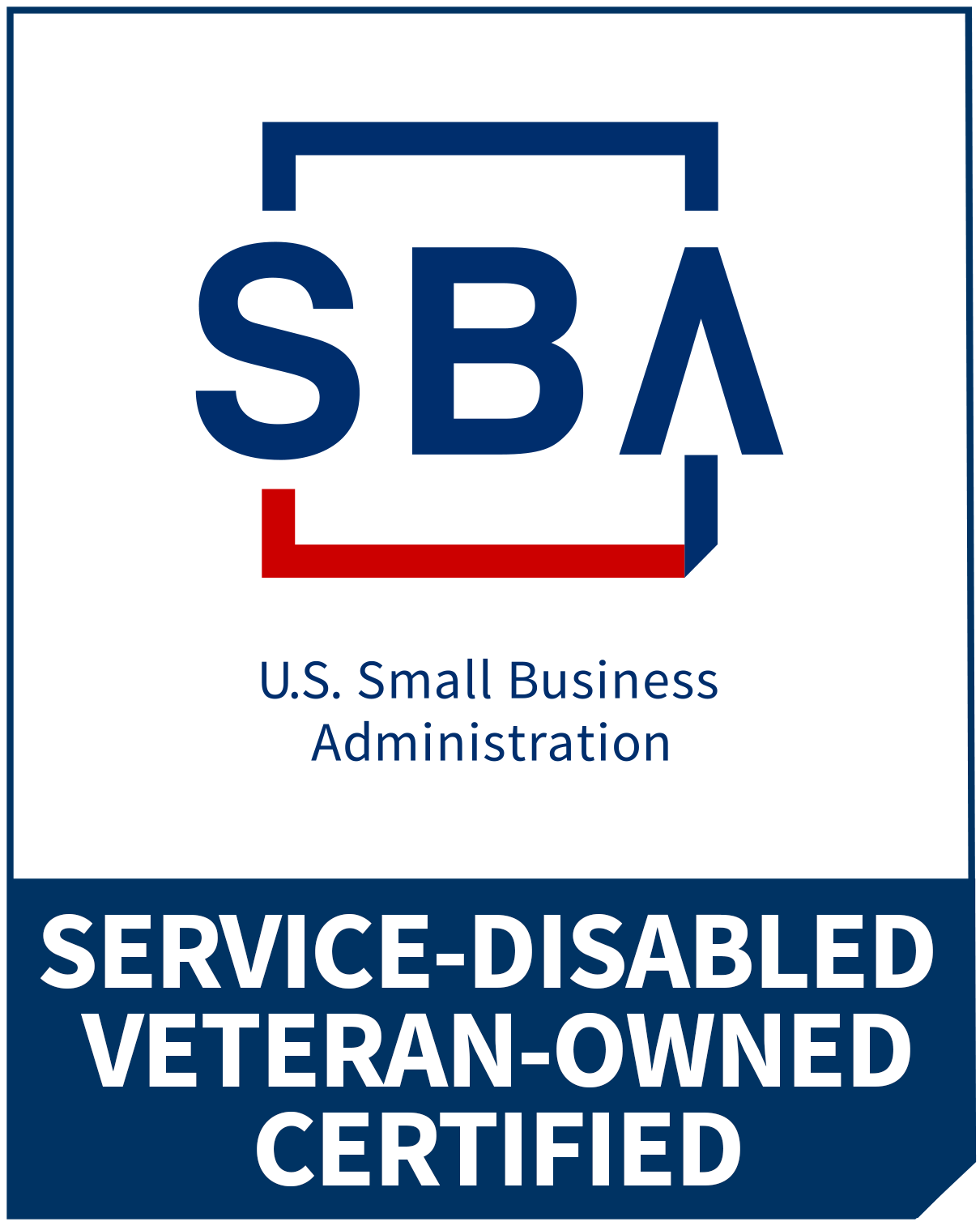Where a CX function is located within a company is a frequent discussion topic among CXers. I’ve been thinking about this recently and, while obviously each company is unique and every situation different, it occurs to me that where a CX function resides isn’t nearly as important as is what it’s chartered to do.
But if I could get all Simon Sinek-y here, naturally the greater question still, is the Why. Let’s look at the charter of what your CX organization should be in the first place, then we can start to look at what difference it may make as to where it’s located. The why should drive the what, and therefore, the where will really just be a slight tweaking and refinement of range of influence.
The charter of any successful CX organization or effort should be to improve your processes and operations based on insights garnered through a robust Voice of the Customer program. While I feel this is important and impactful enough to deserve its own place at the top of your organization, even if it’s buried somewhere else, it can still drive beneficial results, just within a smaller area.
For example, if it’s within Customer Support (this is common), you can still improve how you deliver that support (i.e., within that scope of authority). When you receive survey results (or when you experience your support yourself by walking in the Customers’ shoes, or read reviews online, or gather anecdotal experiences from your Customers in any manner of forums—basically, any insights from your VoC program), turn them into action by seeking patterns and drivers for Customers’ negative interactions. Be greedy for and curious about what your Customers have to say about their interactions with your support department. Identify their pain points when they reach out to your company for help and use that information to prioritize your support organization’s operational improvement efforts so as to better serve them when they interact with you.
Likely CS is somewhere within the broader Operations organization of the company, so use your leverage in that group to encourage your peers outside of CS (but inside Operations) to improve what they do when you find opportunities for them as well. That takes a degree of diplomacy, but one thing you can use to your advantage is a sense of teamwork. Because in the end if you help others improve what they do, it’ll actually mean less need for your own support organization. Some may think you’re simply trying to reduce the number of contacts CS has to address (well, that’s true), but if you position it as a reduction in the need for CS (with an associated reduction in budget, say), well that’s a different story altogether. It’ll look less like you’re trying to make your own life easier, but more like you’re trying to lift all boats—which, of course, you are.
Let’s look at another example with a different Why: Although culture is a huge part of a successful CX effort, if that’s all it is, there’s likely an issue. Perhaps your CX department is located within HR and its responsibilities consist mainly of hosting a CX day every October or hanging banners up around the office imploring all team members to “Put the Customer First!” While messaging and internal marketing is an important part of good CX, anybody in HR will tell you that, as with any culture-driven campaign, if there’s not meat on the bones, words just become so much rah-rah bluster. In fact, if there’s not something to back up all that cheering, it’ll lead to cynicism and a rejection of your efforts.
Alternatively, if all you’re doing within your CX program is collecting survey data and reporting it out (hardly even a shadow of an actual CX effort, but I know this is out there too), it really doesn’t matter where it’s located. Frankly, in this situation it doesn’t really even deserve the name of CX since it’s only VoC. Here the why (just wanting to know what our Customers are saying, rather than wanting to improve as a result) leads to a what (just taking and reporting on surveys) that can be put anywhere (marketing, sales, wherever). It’s not a lost cause, but at this point, its location isn’t the biggest issue or failing: You need to reconstruct your charter altogether.
Ultimately, the purpose of your CX efforts will play a large role in where it is (or can be) located within your organization. Start with those first principles (and perhaps correct them, if they’re not bold enough), then think about where logically to place the CX team.
One last thought, too, on that ‘range of influence’ I mentioned above in the introduction: To reiterate, for maximum impact, your CX organization really does need a broad enterprise-wide charter, with responsibilities to attack poorly-performing processes anywhere in the company in order to improve your Customers’ interactions with your brand. CX is good to have anywhere, but it’s even better to have it everywhere. If, in your division (whichever it is), you’ve seen the importance and impact of concentrating on your Customer, take those successes and share them. Broaden your scope and pull for a more universal CX organization with a similar purpose but broader reach. Who knows? They may tap you to be that company-wide Chief Customer Officer.




